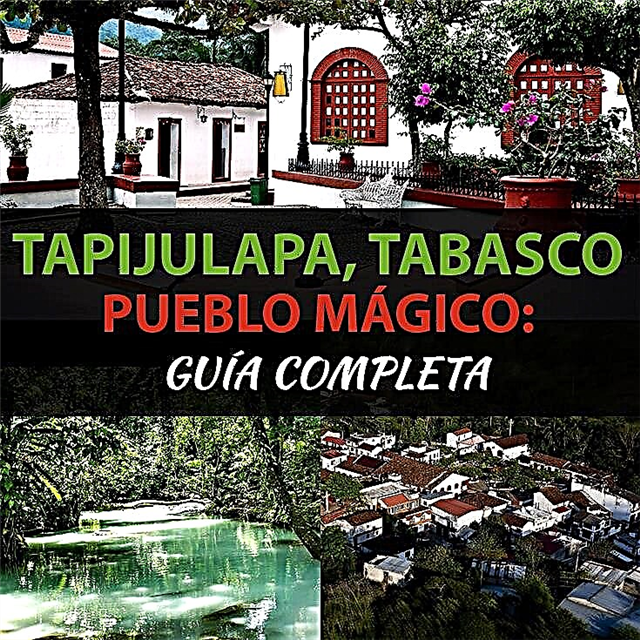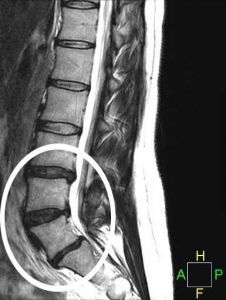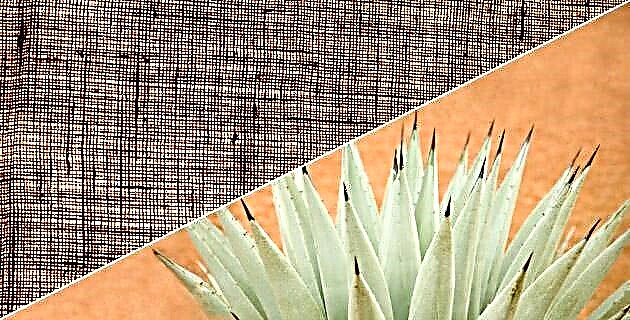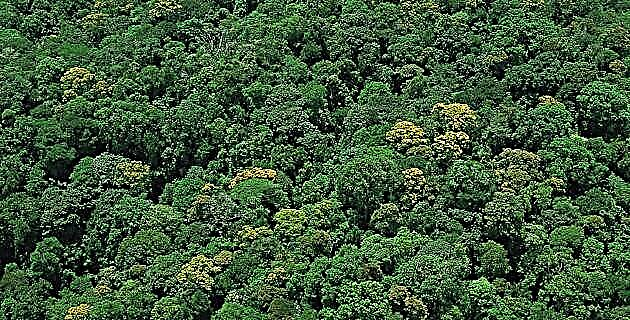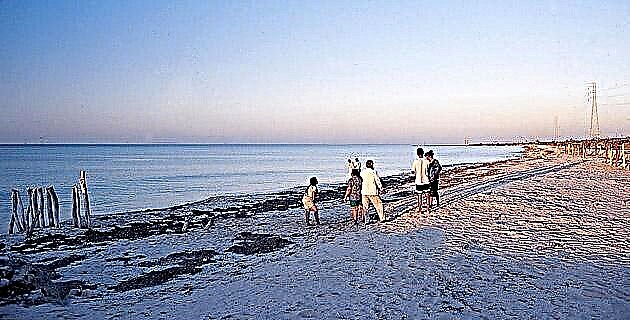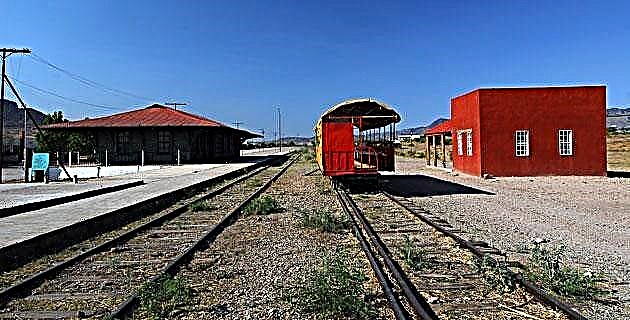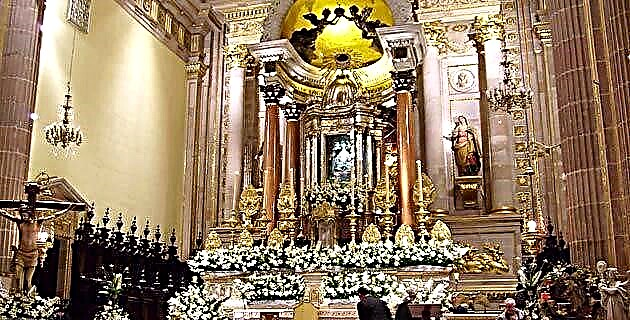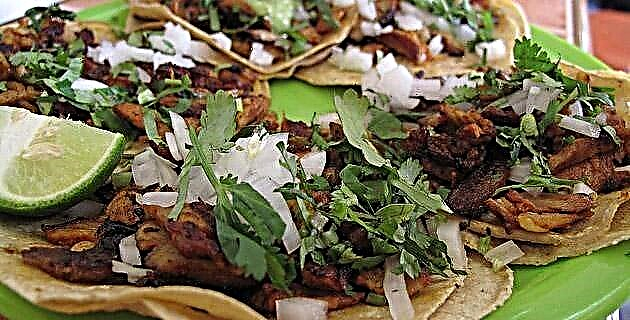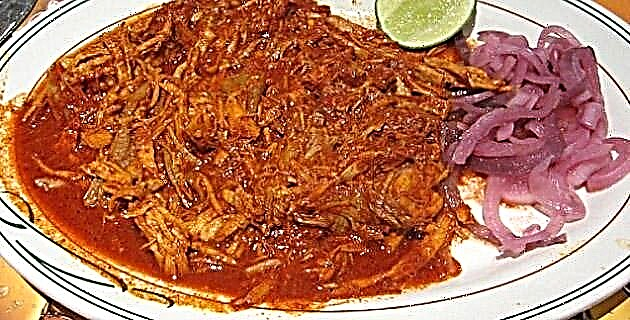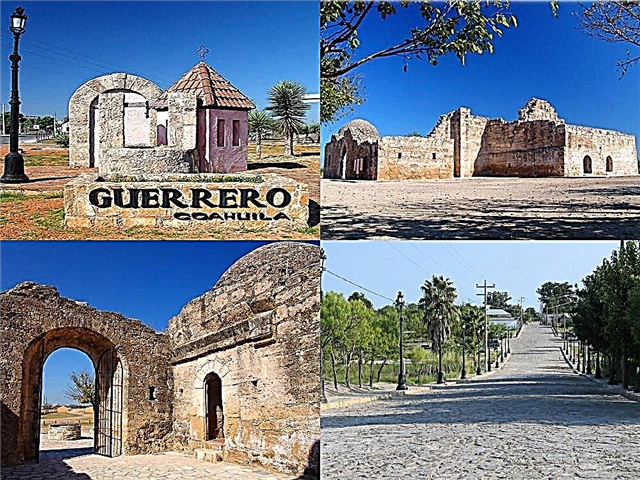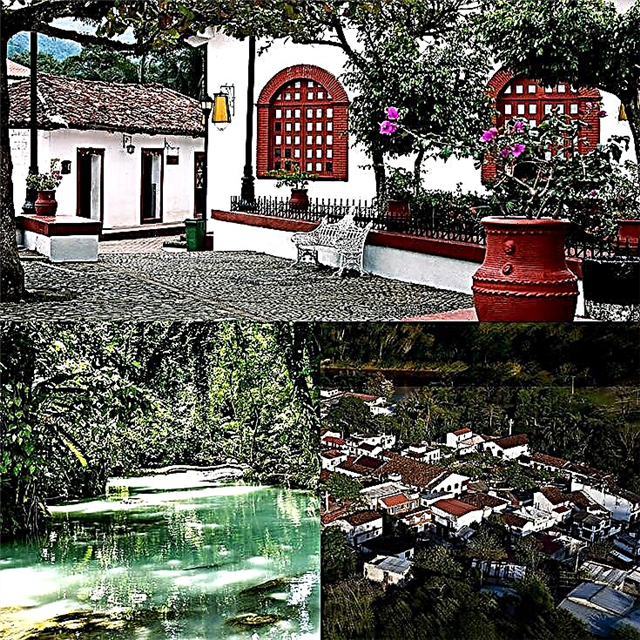The magic of Tapijulapa is its incomparable landscapes. We invite you to know the beautiful Magic Town Tabasco with this guide.
1. Where is Tapijulapa located and how did I get there?
Tapijulapa is a population belonging to the Tabasco municipality of Tacotalpa, south of Tabasco, bordering the state of Chiapas. In 2010, the town of Tapijulapa was incorporated into the Mexican Magic Towns system to stimulate the tourist use of its paradisiacal natural landscapes. Tapijulapa is 81 km away. from Villahermosa, the capital of Tabasco. Other nearby cities are Heroica Cárdenas, which is 129 km away, and San Cristóbal de las Casas, 162 km. and Tuxtla Gutiérrez, 327 km. The Mayan city of Palenque is also close to Tapijulapa, 158 km away.
2. How is the climate of the town?
Tapijulapa has a tropical and rainy climate, with an average temperature of 26 ° C. In the less warm months, from December to February, the thermometer averages between 23 and 24 ° C, while the hottest season, from April to September, the heat is always around 28 ° C, with peaks that can reach 35 ° C. It rains a good 3,500 mm per year, with a fairly uniform rainfall pattern throughout the months, although in September and October it rains a little more.
3. How did Tapijulapa come about?
The Zoque Maya populated the territory from the 5th century AD. when the natives began to use the caves of the place in their ceremonies, as some archaeological evidence attests. The area was conquered by Francisco de Montejo around 1531 and some 40 years later the Franciscan friars erected the first religious buildings. The town was neglected for several centuries until a recovery program was implemented in 1979, which was consolidated after the declaration of Pueblo Mágico.
4. What are the main attractions of Tapijulapa?
The main attractions of Tapijulapa are its exuberant natural spaces, bathed by the waters of the Oxolotán and Amatán rivers. The Villa Luz Ecological Reserve, the Tomás Garrido House Museum, located in the middle of the reserve, the Cave of the blind sardines and the picturesque ceremony of its fishing, the Kolem-Jaa Ecotourism Park and the Garden of God, are essential attractions that there are to know on a trip to the Tabasco town. Tapijulapa is a town of cozy cobbled streets, with gabled houses with tile roofs, painted white and edged with red, with flowerpots at the entrances. The main temple is that of Santiago Apóstol, which guards the town from a small elevation.
5. What is the Temple of Santiago Apóstol like?
This church and historical monument dates from the seventeenth century, being one of the oldest religious buildings in the state of Tabasco. The temple is located on an elevation that is reached by a staircase that begins in one of the streets of Tapijulapa. It is of white and red colors and of frugal architecture, with a semicircular arch on the facade, a cornice with two bell towers and a tiled roof with a wooden frame. The interior is also very sober, with three images standing out, a standing Christ, another reclining in a sepulcher and one of the Virgin of Guadalupe. From the temple you have a spectacular view of Tapijulapa.
6. What is in the Villa Luz Ecological Reserve?
It is located 3 km. from the town of Tapijulapa and is a jungle area with streams, waterfalls, sulphurous water spas, caves, hanging bridges and places of great beauty. In the middle of the dense vegetation, trails have been practiced for lovers of walks in intimate contact with nature. Along the Oxolotán River, which you can travel by boat, there are places to take a refreshing swim, camping areas and zip lines to admire the beautiful landscape from above.
7. What is the Tomás Garrido House Museum like?
Tomás Garrido Canabal was a Chiapas politician and military man who ruled the state of Tabasco for three periods, whose two great enemies were the Catholic Church and alcohol consumption, whom he persecuted with equal fury. A large and comfortable rest house was built in Villa Luz, which today is a museum. The white and red house, surrounded by beautiful green areas, has two floors and has three sections roofed with French tiles. The museum display contains archaeological pieces belonging to the Zaque culture and handicrafts from Tapijulapa and its surroundings.
8. What's in the cave of the blind sardines?
A cave in Villa Luz with a small interior lake fed by a stream is one of the few world habitats for the blind sardine, a rare species that is blind due to the almost total absence of light in the cave environments in which it lives. The walk to the cave is fantastic, in the middle of the beautiful and intricate natural environment, with the guide providing interesting information about the flora sighted. Sardines have not only adapted to the dark but also to waters with a high concentration of sulfides. Another inhabitant of the dark depths is a species of bat.
9. How is the ceremony of the blind sardine fishing?
Fishing for blind sardines is an ancient ceremony held every year in the sulphurous waters of this Tapijulapa cave. It is part of the Zoque culture, which like many other indigenous American ethnic groups, considered caves and caves as sacred places, abodes of gods. Several hundred tourists gather around the cave on Palm Sunday mid-morning to witness a dozen indigenous people dressed in their ceremonial costumes perform the Dance of the Sardines. The patriarch or steward asks the gods for permission to fish and this is done using the ancient barbasco method.
10. What can I do in the Kolem-Jaa Ecotourism Park?
This 28-hectare development designed for ecological entertainments is located on the Tapijulapa-Oxolotán highway, very close to the Magic Town. You can practice zip-lining, canopy, rappelling and cave tours. It also offers interpretation hiking, flora and fauna observation, botanical garden, venadario, butterfly garden, ecological talks, areas for camping, and for children and youth games. It has different packages that combine various entertainment and the possibility of spending the night in its cozy cabins, including transportation, meals and other services.
11. What is Garden of God?
It is a 14-hectare botanical garden located in the Zunú ejido. The place is a reservoir of medicinal plants, such as the purple maguey, a species that is being investigated in the search for a cure for cancer, and such as milk thistle, a plant used since ancient times against liver diseases. Other medicinal species in the garden are arnica and passionflower, all used by an expert in natural medicine who attends consultations from all over the country. In Jardín de Dios you also have the possibility to enjoy a hydromassage or undergo acupuncture therapy.
12. What stands out in the crafts and gastronomy of the town?
Tapijulapa artisans are very skilled at working mutusay, a vegetable fiber also called wicker, with which they make beautiful, light furniture and many other objects. They also make hats with guano palm. The typical local dish is Mone de cocha, a delicacy that is prepared with pork seasoned with a mixture of spices and steamed in a wrap made of momo leaf, a Mesoamerican aromatic plant also known as holy grass and acuyo. The people of Tapijula are very fond of tamales with game meats and a dish prepared with river snails cooked with chipilín.
13. What are the best hotels and restaurants?
The Villa Tapijulapa Community Hotel operates in a large typical house and is a simple and very clean accommodation. Visitors to Tapijulapa generally stay in Villahermosa, which has a wide range of hotels, including the Hilton Villahermosa, the Plaza Independencia and the Hotel Miraflores. As for places to eat in town, El Rinconcito is a nice steakhouse; and The Real Steak also offers good cuts of regional cattle.
We hope that with this guide you do not miss any of the attractions of Tapijulapa, wishing you to live many unforgettable experiences in the Magical Town of Tabasco.